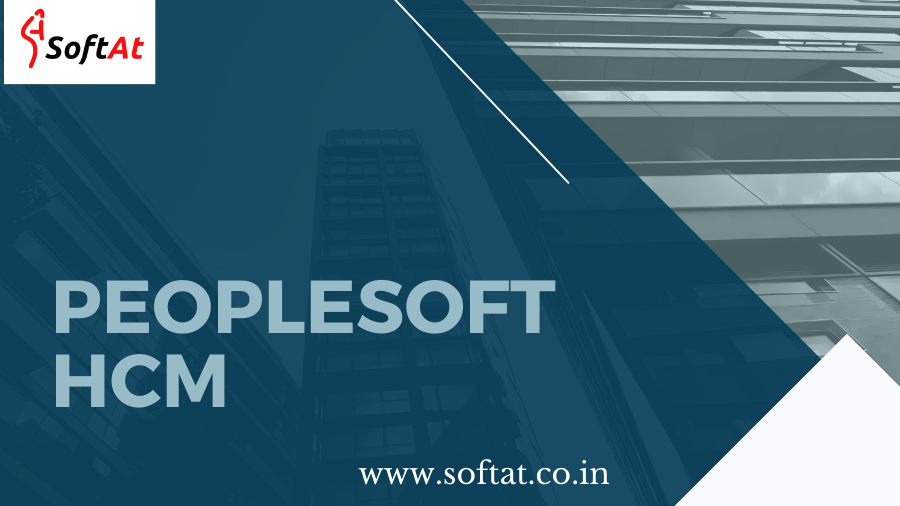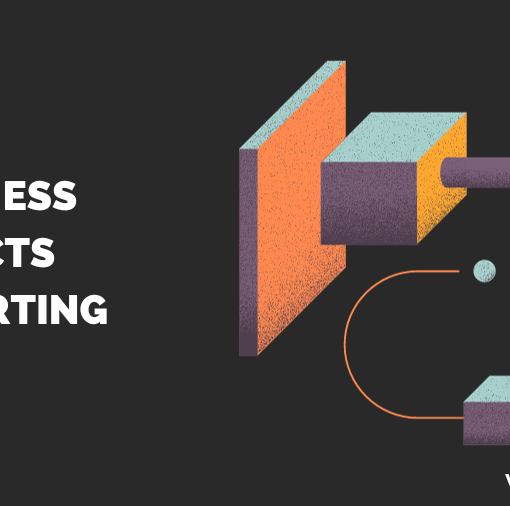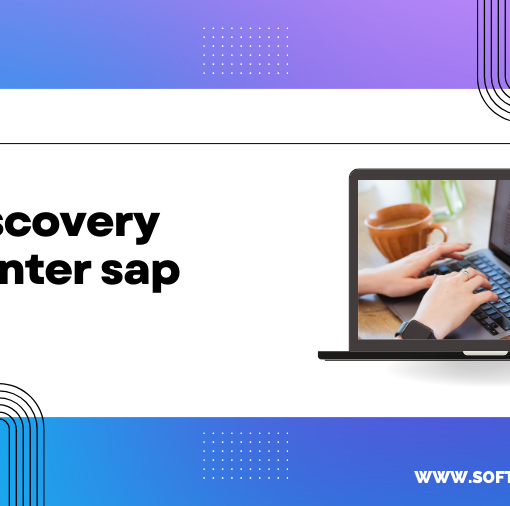Human Capital Management (HCM) has evolved beyond traditional HR functions, becoming a strategic necessity for businesses aiming to optimize their workforce. In this guide, we delve into the realm of PeopleSoft HCM, exploring its features, benefits, challenges, and real-world impacts.
The Evolution of Human Capital Management (HCM)
As organizations recognize the pivotal role of their workforce, the evolution of Human Capital Management has taken center stage. PeopleSoft HCM stands as a testament to this evolution, providing a holistic solution for managing the entire employee lifecycle.
Understanding the Core Features of PeopleSoft HCM
1. Personnel Management
PeopleSoft HCM’s Personnel Management module offers a centralized hub for employee data, simplifying the management of personal and professional information.
2. Payroll and Compensation
Efficiently manage payroll processes, ensuring accuracy and compliance with PeopleSoft HCM’s robust Payroll and Compensation module.
3. Time and Labor Management
Enhance workforce productivity and accuracy in time reporting with PeopleSoft HCM’s Time and Labor Management features.
The Benefits of Implementing PeopleSoft HCM
1. Integrated Workforce Data
PeopleSoft HCM provides a unified platform for managing employee data, fostering collaboration and informed decision-making.
2. Enhanced Payroll Accuracy
Automated payroll processes reduce errors, ensuring employees are compensated accurately and on time.
3. Streamlined Recruitment Processes
Efficient recruitment modules simplify the hiring process, from posting job openings to onboarding new employees.
PeopleSoft HCM vs. Other HR Solutions
1. Scalability and Flexibility
PeopleSoft HCM’s scalability allows it to grow with the organization, accommodating changes in workforce size and structure.
2. User-Friendly Interface
The user-friendly interface of PeopleSoft HCM promotes ease of use, reducing the learning curve for administrators and end-users.
3. Total Cost of Ownership
In many cases, HCM presents a lower total cost of ownership, making it a cost-effective choice for HR management.
Overcoming Implementation Challenges
1. Data Migration and Integration
The challenge of migrating and integrating existing data into HCM requires meticulous planning and execution.
2. Change Management
Overcoming resistance to change and ensuring widespread user adoption are common challenges during HCM implementation.
3. Customization Complexity
Balancing customization needs with system standardization poses strategic challenges for businesses adopting HCM.
Best Practices for Successful PeopleSoft HCM Deployment
1. Thorough Needs Assessment
Understanding the specific needs of the business is crucial for tailoring HCM to deliver maximum value.
2. User Training and Engagement
Investing in robust training programs ensures that users are equipped to leverage the full potential of HCM.
3. Ongoing System Optimization
Adopting a mindset of continuous improvement ensures that HCM evolves with the changing needs of the business.
Real-world Impact: Success Stories with PeopleSoft HCM
1. Improved Employee Engagement
HCM contributes to improved employee engagement by providing tools for transparent communication and career development.
2. Cost Savings and Efficiency Gains
Businesses share stories of cost savings and increased efficiency through streamlined HR processes facilitated by HCM.
3. Compliance and Risk Mitigation
PeopleSoft HCM’s compliance modules assist businesses in adhering to labor laws and regulations, mitigating legal risks.
Future Trends in PeopleSoft HCM
1. AI and Predictive Analytics
The integration of AI and predictive analytics in HCM is expected to enhance decision-making and workforce planning.
2. Enhanced Employee Experience Features
Future updates will likely focus on features that enhance the overall employee experience within HCM.
3. Cloud Integration
As the business landscape shifts to the cloud, HCM is expected to integrate seamlessly with cloud-based infrastructures.
User Testimonials
1. HR Professional Perspectives
“HCM has revolutionized our HR processes, providing a comprehensive solution that meets our diverse needs.”
2. Employee Experiences
“As an employee, HCM simplifies HR interactions, making everything from accessing benefits to submitting time-off requests seamless.”
3. IT Administrator Insights
“Managing HCM is a breeze with its intuitive interface and robust system management tools.”
Tips for Maximizing PeopleSoft HCM Benefits
1. Regular System Audits
Periodic audits ensure that HCM is operating optimally and in alignment with business needs.
2. Staying Informed on Updates
Keeping abreast of software updates ensures access to the latest features and security enhancements.
3. Leveraging Support Communities
Being part of the HCM community provides valuable insights, best practices, and support for users.
Case Study: Navigating Change with PeopleSoft HCM
1. Challenges Before Implementation
Highlighting the challenges faced by a company before adopting HCM, including inefficiencies and lack of integration.
2. Post-Implementation Transformations
Detailing the positive changes, increased efficiency, and improved business outcomes post-PeopleSoft HCM implementation.
3. Lessons Learned
Summarizing the key lessons learned from the HCM implementation journey, providing insights for other businesses.
Conclusion
In conclusion, PeopleSoft HCM emerges as a powerful tool for modern workforce management, offering not just efficiency but strategic advantages for businesses. Navigating the complexities of HR becomes more straightforward with the comprehensive capabilities of HCM.
Frequently Asked Questions
- Is PeopleSoft HCM suitable for small businesses, or is it more geared towards larger enterprises?
- HCM is scalable and adaptable, making it suitable for businesses of various sizes, including small enterprises.
- How does PeopleSoft HCM contribute to employee engagement?
- HCM facilitates employee engagement through transparent communication, career development tools, and streamlined HR processes.
- What is the expected future trend regarding AI in HCM?
- The integration of AI in HCM is expected to enhance decision-making and workforce planning through predictive analytics.
- Can HCM be integrated with cloud-based infrastructures?
- Yes, future updates are likely to focus on seamless integration with cloud-based infrastructures, aligning with evolving business trends.
You may be interested in:





